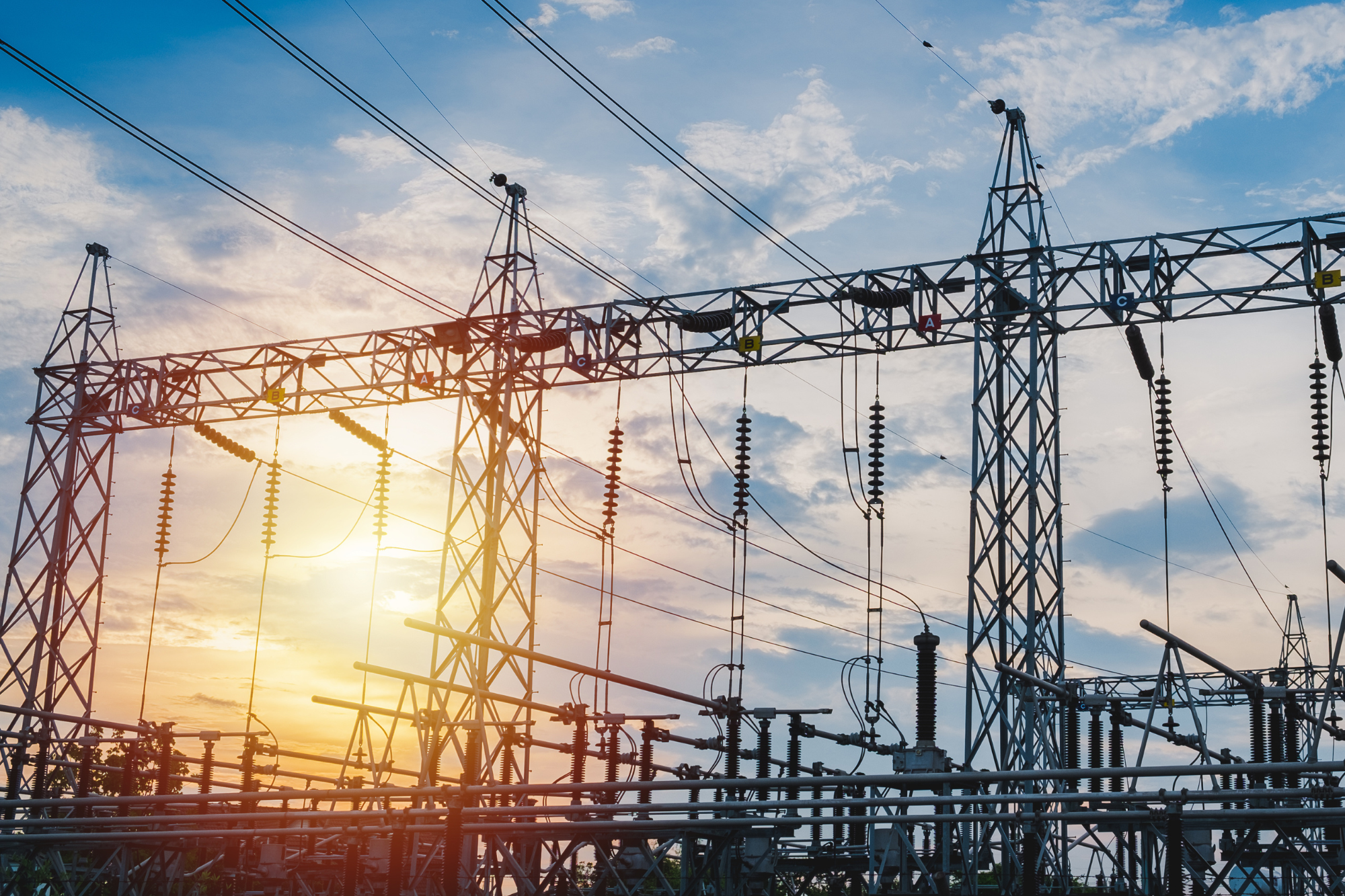Electric capacity rates in the PJM territory increased almost 500% in last month’s auction. In this article, we will outline the roll of capacity rates in energy pricing, how capacity rates are set in PJM, and what this price increase could mean for your business electricity rates.
What Are Electric Capacity Costs?
Electric capacity costs are fees paid to the electric grid (PJM) to ensure power plants remain operational to meet demand, even during periods when prices are low and the plants are unprofitable. These costs act like an insurance premium for grid stability, guaranteeing that there is always enough electricity available to meet consumer demand.
You might not be aware, but these capacity costs make up about 30% of your electric supply costs, whether you are with an electric supplier or the utility company. This significant portion of your electric bill ensures the reliability of the power supply, safeguarding against outages and maintaining consistent energy availability.
Why Are Capacity Costs Increasing?
Capacity prices are going up because several power plants are retiring, there’s more demand for electricity, and new rules are factoring in risks from extreme weather. These changes mean higher costs to ensure there’s enough power during peak times.
This year, fewer power plants were available to bid in the auction (6,600 MW lower than the last auction), and the expected peak demand for electricity increased (153,000 MW vs. 150,000 MW). As a result, the tighter supply and higher demand have led to significantly higher prices.
Here is a chart reflecting the recent auction results:

What Does This Mean For Your Electric Bill?
Starting in June 2025, the average commercial customer will see their electric bill increase by an extra 2 cents per kWh, potentially leading to a 20-30% rise depending on current rates. This means a significant jump in costs for businesses, impacting overall operating expenses.
Even if energy prices stay stable or decrease, consumers will still face these higher costs since they are based on demand, not the price of electricity. This points to a very expensive future for energy consumers, emphasizing the need to explore cost-saving alternatives like solar energy.
What To Do?
Since capacity tags in PJM are set during peak hours in the Summer months, finding ways to lower your electricity demand can help you to lower your total supply cost. Engaging in energy efficiency projects and demand response programs is a great way to accomplish this.
Installing a commercial solar system can help offset your electric demand, thereby lowering your capacity obligations. By reducing the amount of electricity you need from the grid, solar production directly cuts down on the higher capacity costs projected for the future.
Furthermore, solar companies offer power purchase agreements (PPAs) to commercial customers at rates that could be 50% cheaper than future electricity rates. Additionally, coupling solar with a battery storage system can help you completely avoid capacity costs, leading to even greater savings on your total energy expenses.
Need help exploring your options?
Access Energy Services has decades of experience helping commercial customers in deregulated energy markets explore their price options. With this drastic change on the horizon, many business owners are looking for experts to help them navigate these changes. Contact us today to learn more about the capacity price increase and what you can do to avoid spending more on energy.



